Week 2 – Forest Family Quilt Along

It’s the second week of the Forest Family Quilt Along and I’m excited to get stuck into fabric fusing and cutting! In case you missed it, visit this link for the overview of the Quilt Along.
Last week was all about gathering supplies and getting ready to begin. We discussed fabric selection and inspiration. We traced our shapes onto fusible appliqué web and cut them out, ready to iron onto fabric.

This week we’re starting with the instructions shown in the pattern. I don’t like wasting a lot of fabric (or buying unnecessary amounts) and I’m sure you feel the same way. So following the instructions listed in the pattern is crucial for getting the best out of your supplies.
You might like to use the Cutting Guide to prepare your white fabric for the blocks, corners and binding. You can also prepare your print fabric for the scalloped borders and patchwork borders too. Then it’s time to start the appliqué process!
Appliqué Tips
I find raw edge appliqué fun and easy. But there’s some tips you can follow that can definitely help with the process. If you haven’t tried it before, you might like to check out my Beginner’s Guide to Appliqué which takes you through the basics from the very beginning.
But as a refresher, here’s some tips that are particularly relevant to this project that will help you achieve the best results;
- Carefully follow the manufacturer’s instructions that come with your fusible webbing, including the temperature and steam settings to use on your iron.
- When fusing shapes to fabric, think about the fabric direction. Ensure that if floral prints are directional, the scalloped borders are fused so that the TOP you labelled on the template is at the top of the fabric (so the print pattern or details won’t appear upside down). This also applies to the torso or body shapes.
- Always try and work with the fabric grain, fusing shapes so that the grain runs horizontally and vertically (with the warp and weft of the fabric) and not on the bias or diagonal. This ensures that your appliqué animal blocks will look uniform as the shapes are less likely to warp when stitched.
- Consider the fabric colours you are using and if light coloured fabrics will be fused over darker fabrics. Colours can show through, so use shades that are not too starkly contrasted.
- Use paper scissors to roughly cut out your shapes before fusing.
- Use sewing scissors (but maybe not your best ones!) to cut out the fabric shapes on the line, after fusing. This will give a clean crisp cut to the fabric edge. I find it easier to use smaller scissors for cutting all my shapes. This helps with manoeuvrability and accuracy.
- Press straight down with the iron to secure the fusible webbing to the fabric, instead of sliding the iron along the fabric. This ensures the webbing doesn’t move out of place.
I started the appliqué process by fusing all the scalloped border templates to the wrong side of my chosen print fabrics.

Here’s the nine different fabric borders that have been fused and cut out on the line.

I’ll keep the paper backing intact until I’m ready for fusing to the background fabric. And I’ll keep the centre circles for the torso shapes.
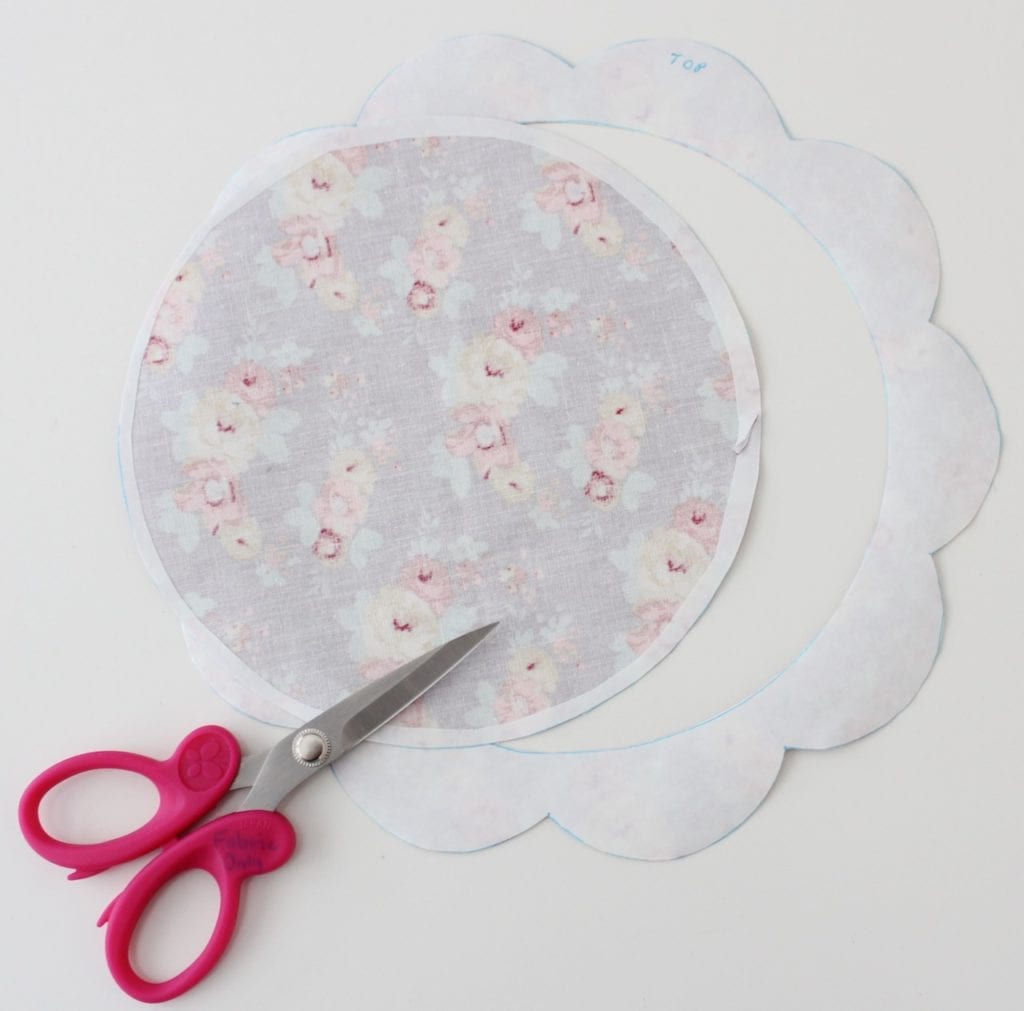
Next I worked on the face shapes. Using the instructions in the pattern, I fused all the cream fabric shapes first, and then worked my way down the list of fabric colours and corresponding shapes. I removed the shapes needed from each ‘Animal’ bag and then replaced them after they were fused. Once all the face fabrics were fused, I took each bag, removed the contents and cut out all the shapes on the line (again keeping the backing paper intact).

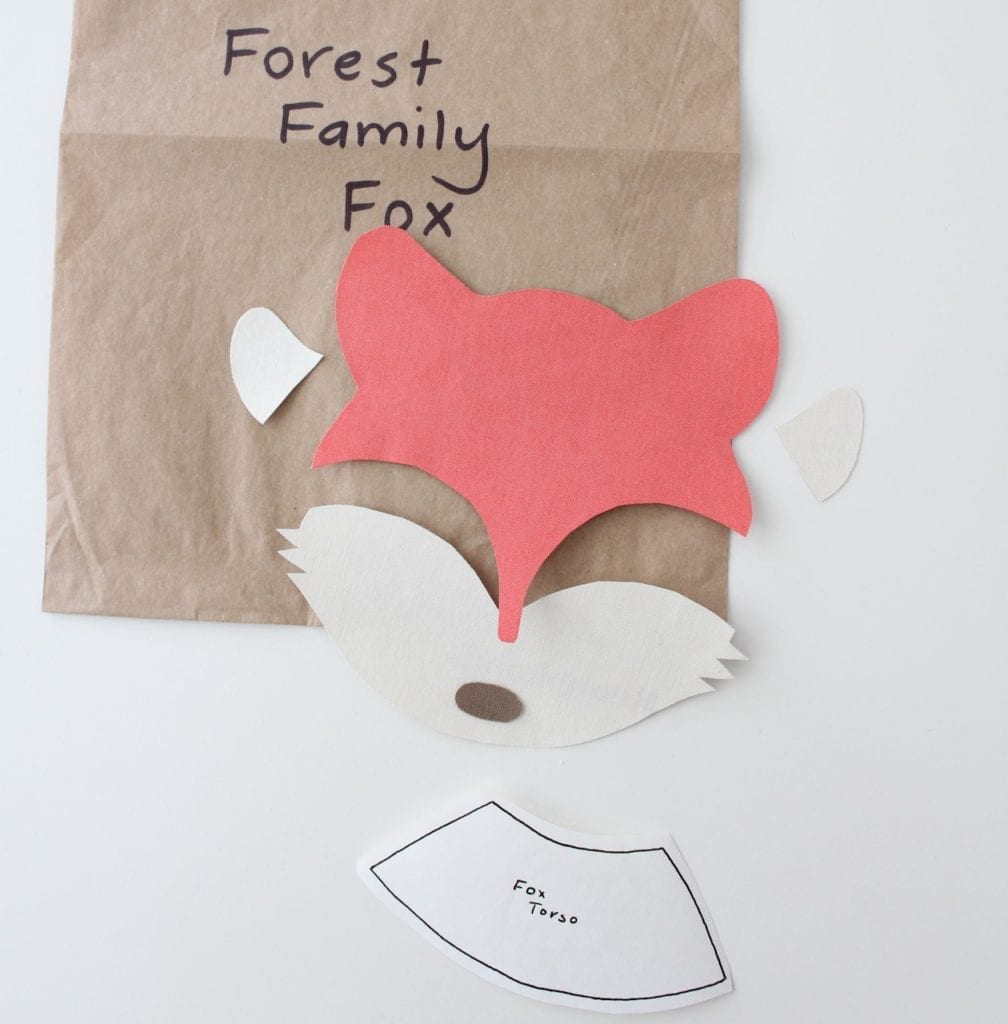
The last step was to fuse all the torso or body shapes for each of the animals, but I wanted to finalise the scalloped border fabrics for each animal first. So I took all the scalloped borders and assembled them in a 3 x 3 format. I have a large white board that I can place on the ground, just for this purpose. But you could also use a white sheet instead. I played around with the layout until I was happy with the arrangement of patterns and colours.
I then ‘auditioned’ the different centre circles (to form the torso or body shapes) to see which prints worked the best with each border and also gave a balanced and appealing look to the entire layout. It meant that I had to rearrange things a little, as some of the prints did not work as well together. (You can use this technique to decide on the layout for your own shapes, or you can follow the instructions provided with the pattern more explicitly.)
Once I was happy with the layout, I took a photo so I could refer to it as I went. A photo is also a great way of seeing all the prints and colours closely together. It can give you a great idea of how the colours work together as a whole.
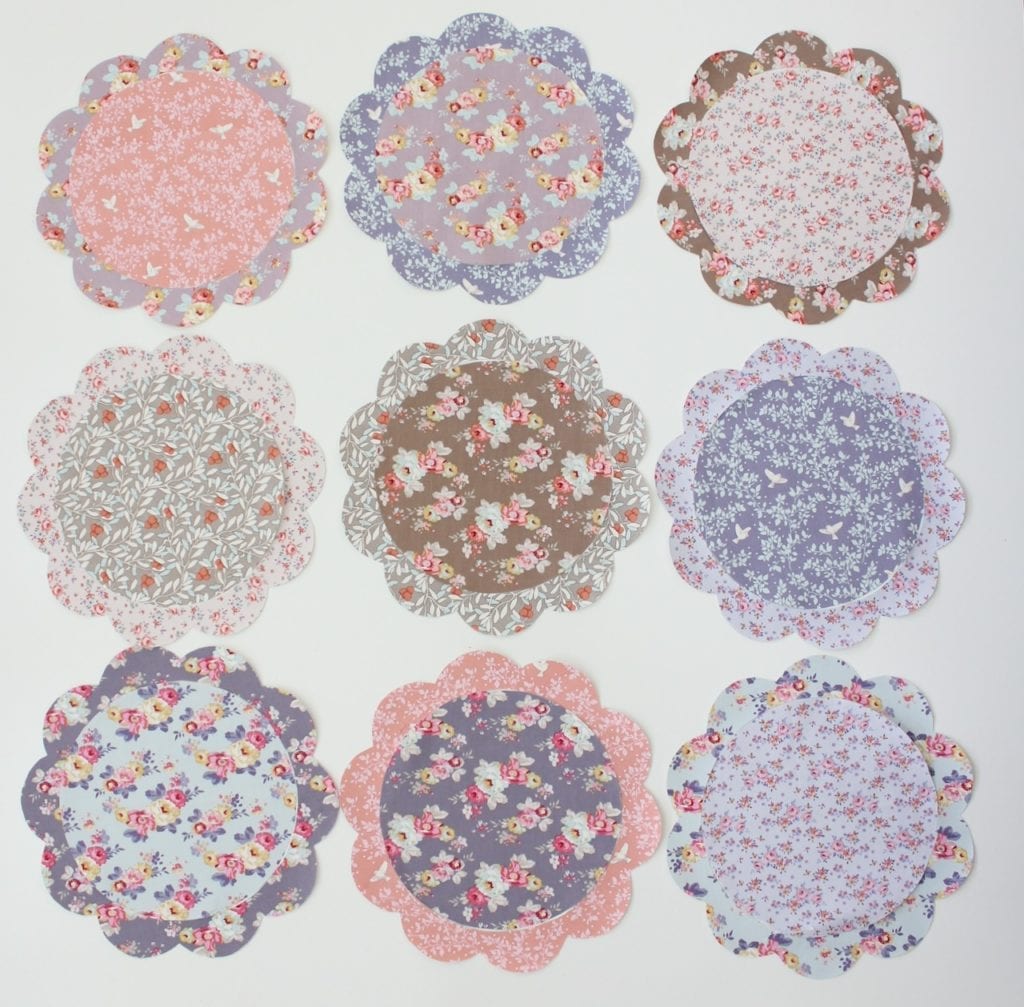
I was then able to fuse fuse each of the torso colours to the corresponding fabrics, and cut those out too.
With all my shapes fused and cut, and my other fabrics also cut and prepared, I am ready to begin the process of appliqué for each block, but we’ll save that for next week. To keep it simple, we’ll work on three blocks from start to finish for each of the next three weeks. I’m itching to get started!
Thanks for sewing along this week. Remember to share your progress over on Instagram, using the #ForestFamilyQAL hashtag so we can all see each other’s work and encourage each other too!
Until next week, happy stitching, Lauren x

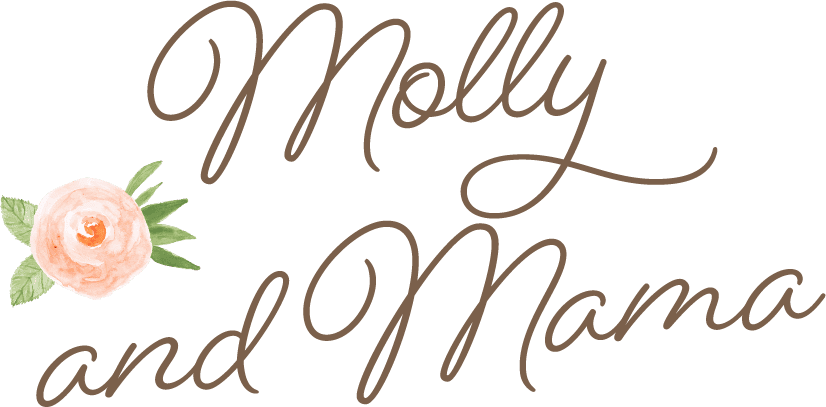
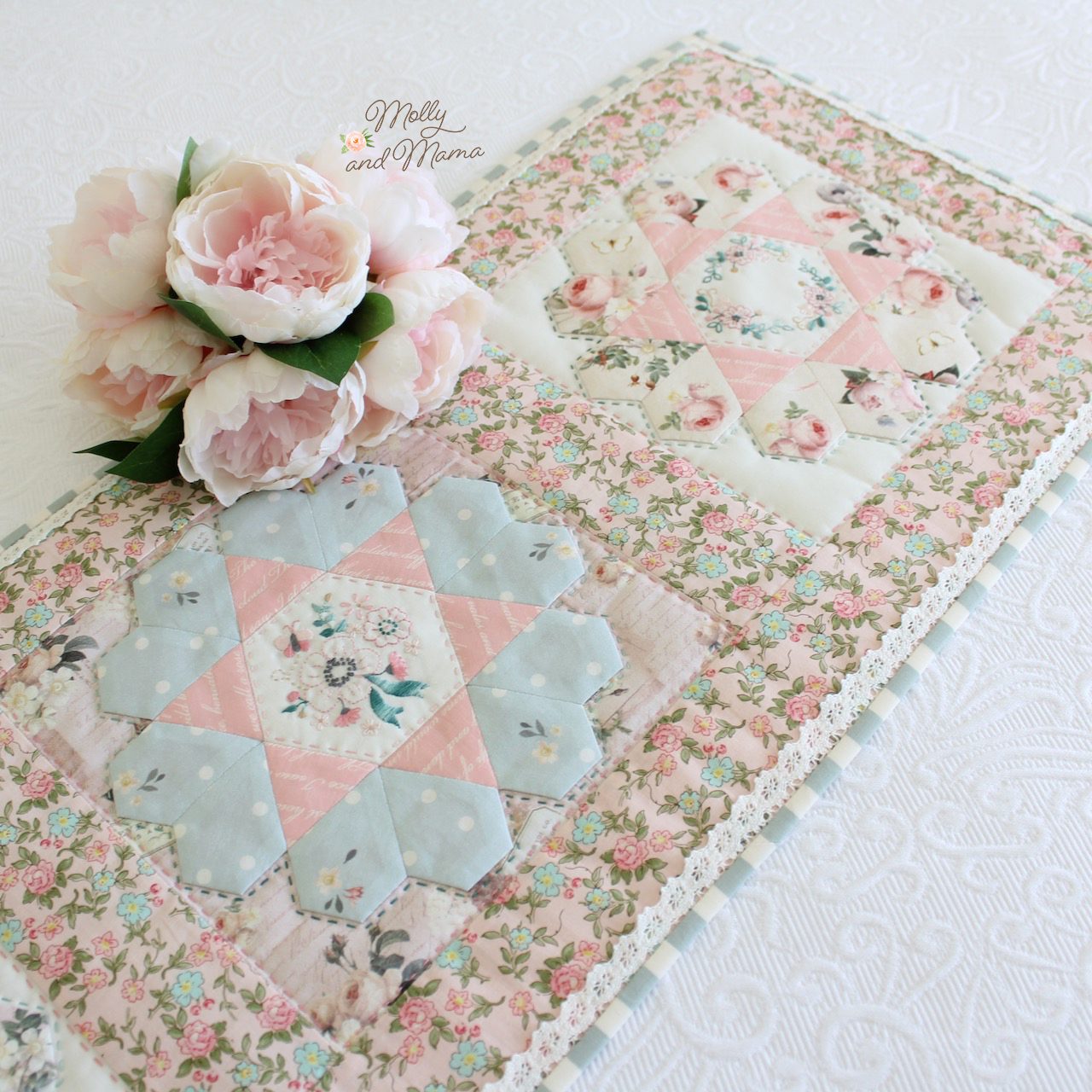

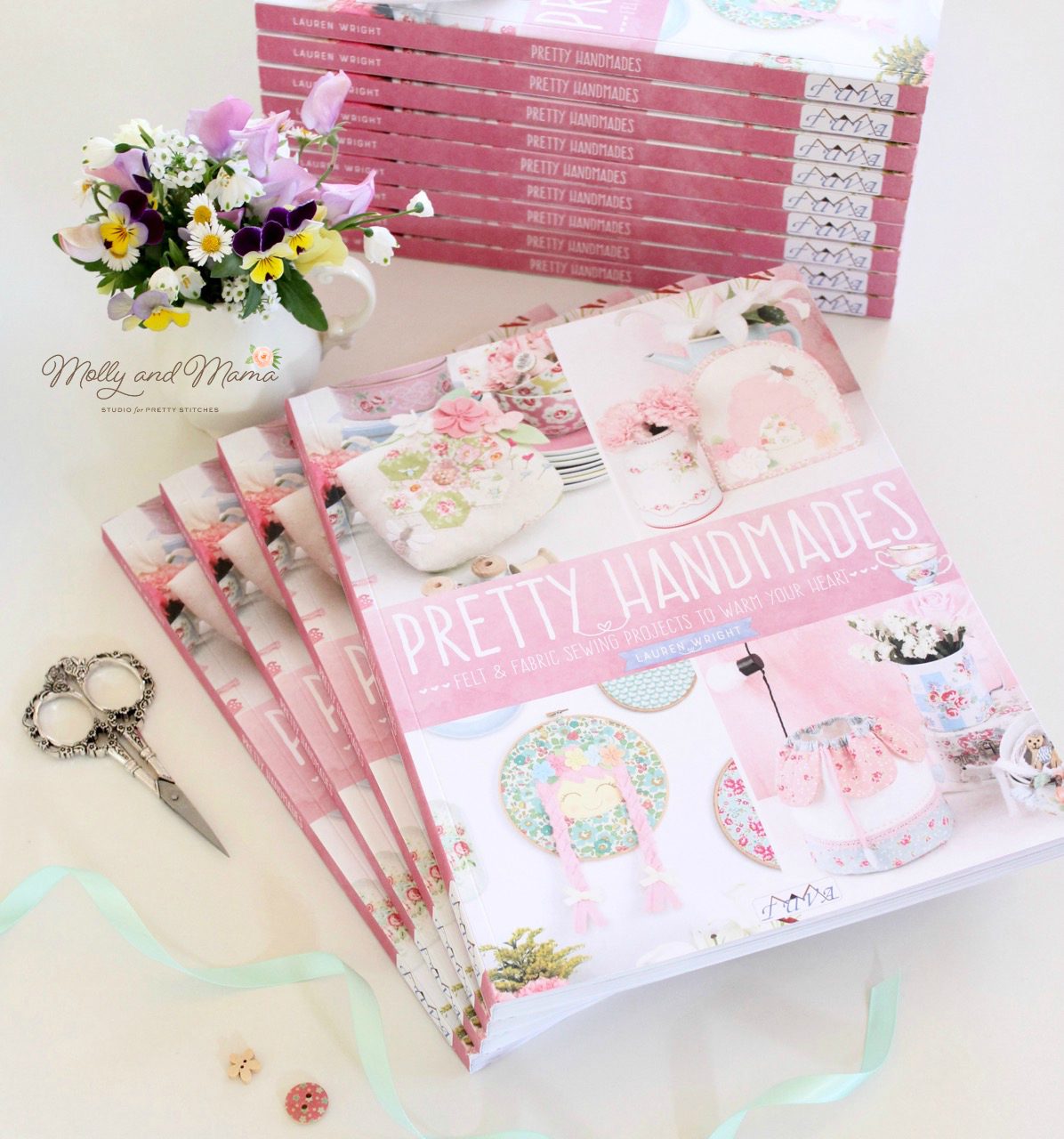
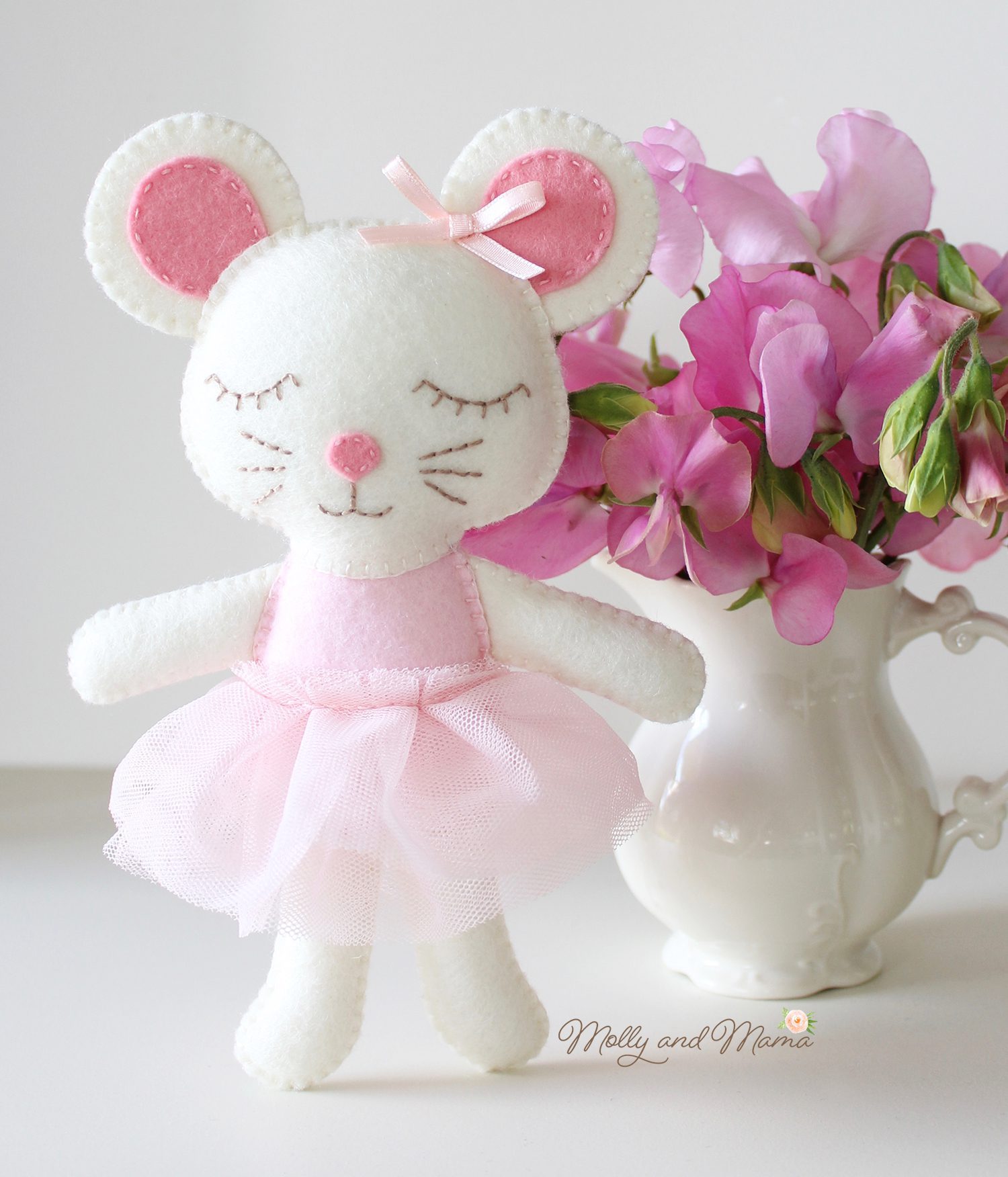
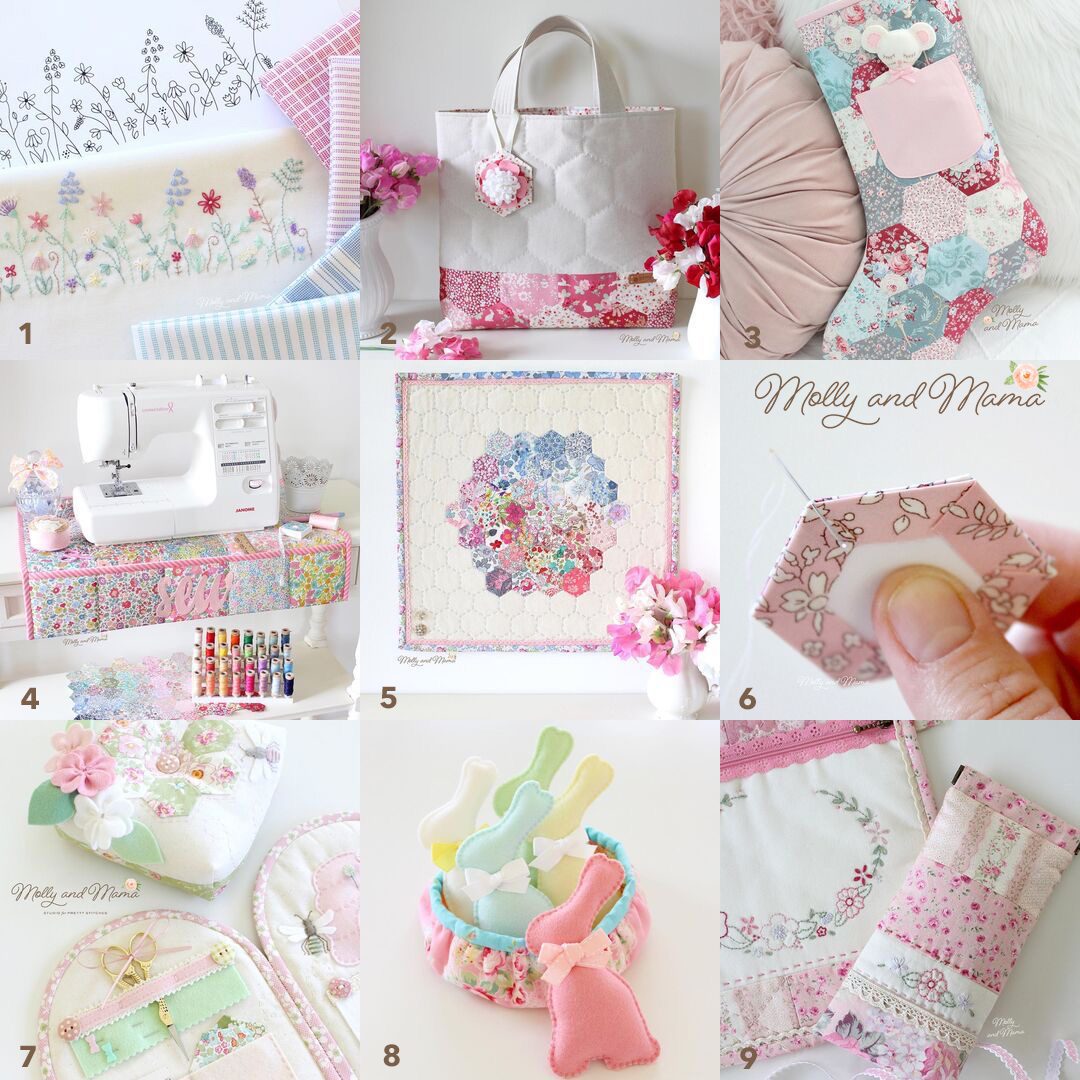
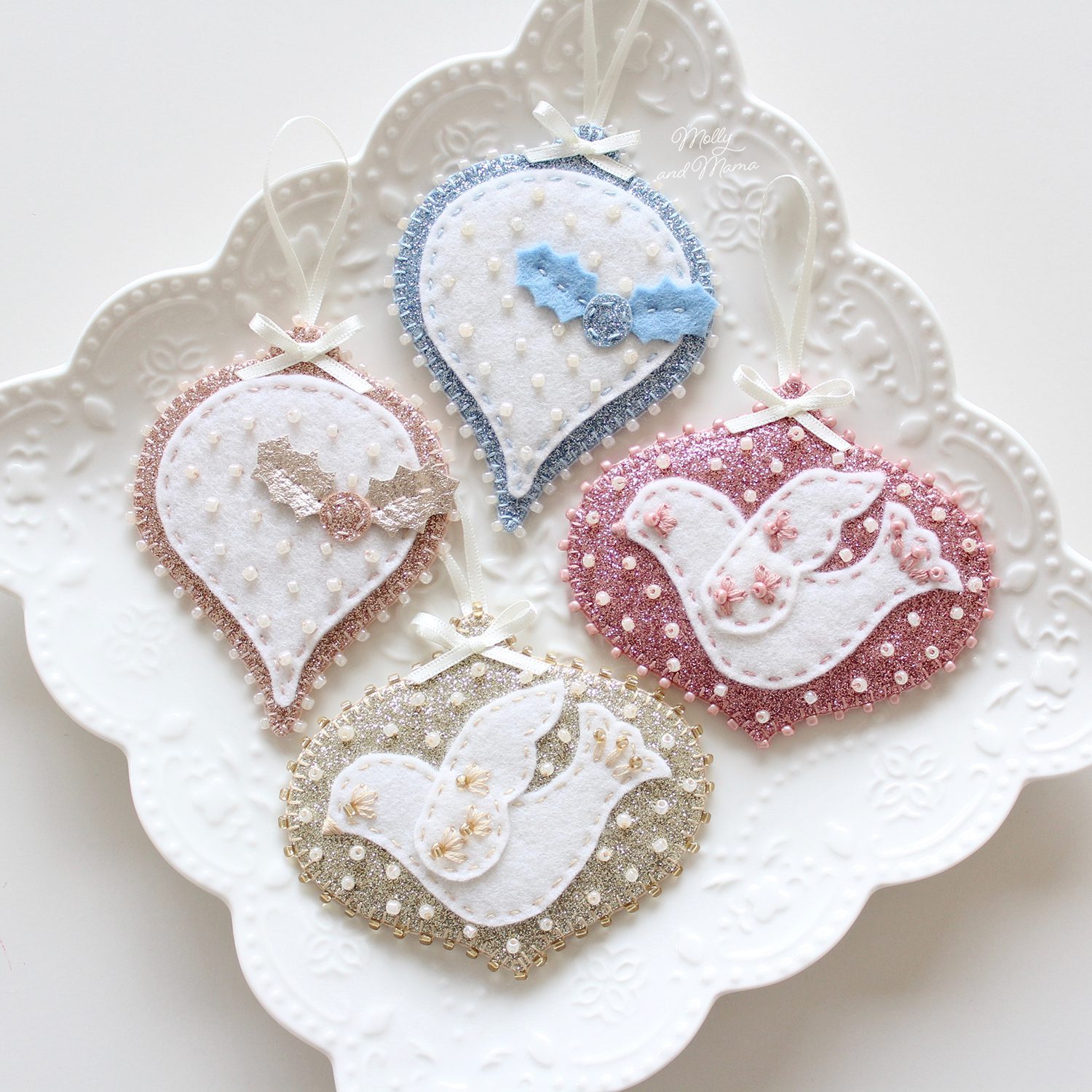
I’ve just started my animal family and so nervous and excited at the same time. Thank hope what I’m doing will turn out they way I want it to.
Good luck and have fun!